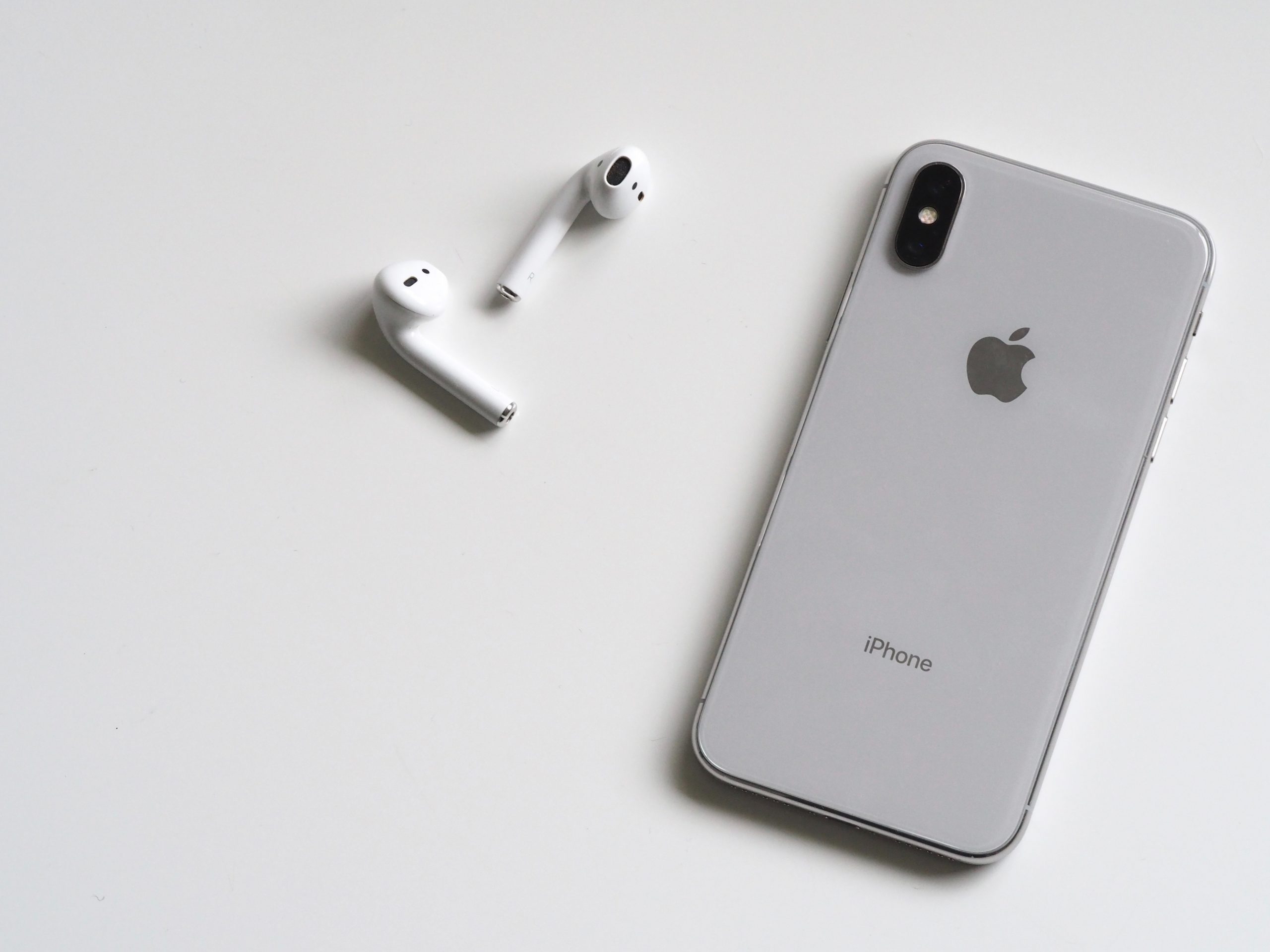It’s been a minute since Steve Jobs announced the iPhone and smartphones became the norm, let’s take a walk down memory lane and look at what technology the smartphone replaced, incorporated and the stuff we outright forgot existed, once as standalone appliances.
• Calculators, pocket calculators came to be in the early 70s and today are nowhere near as popular thanks the abundance of smartphone calculators, as of writing this article, iPads still don’t have a first party calculator app.
• Flashlights, no need for a torch these days, your humble mobile phone flash can do the trick for you. Fun fact, early on in iPhone days a third party app was required to activate the cameras flash.
• FM Radios, early smartphones included FM receivers, although today the technology is either not utilised or not included in phones these days. Mobile audio streaming video technologies such as ice-cast or streaming apps like Tunein are far superior.
• IPods, before iPhone people carried iPods, in 2009 I received my first smartphone and iPhone 3GS which featured a built in music player that you could sync your music from iTines, making my then iPod Shuffle obsolete.
• Phone directories, remember those? – large yellow and white papered books which landed on your doorstep, complete with local business information and peoples landline numbers!
• Landline phones, I don’t consider myself that old, however I still remember my nerdy excitement to have a DECT cordless phone in my bedroom, connected to a shared line. – crazy to think landlines today are more uncommon and a relic of the past for most homes.
• Digital cameras, they say the best camera is the one you have with you, and in todays world you always have your smartphone with you, the reality is this, your more likely to take those birthday photos on your phone than a dedicated camera.
• Home video cameras, gone of the days of carrying dedicated home movie cameras, I can remember begging to use the families as a small child, then the excitement of receiving my very own, tape based handycam, and the restraints of rechargeable batteries and limited length of tape.
• Sound recorders, no more pocket audio recorders, whilst still produced, i as a consumer or even a journalist can’t see a need for one, the voice recorder app on a phone does exactly what you need, all with the added benefit of technologies like the ability to skip silence, and automatic audio transcribing.
• Notebooks, yep, whether that’s a lined paper or a journal, chances are you are probably more likely too pull out your notes app to take down those all important notes, and why not, physical paper doesn’t automatically sync, have spellcheck and allow you to drop links and other media into it.
• Compass, not so popular now, perhaps the hype wore off, but in 2009 to have a built in compass on your phone felt advanced, these days the compass function helps us with our maps apps to give us directions and adjust the maps orientation.
• Light meters, yes believe it or not, your smartphone does have a light meter built in, it’s used to adjust the screen brightness automatically.
• Atlas, gone are the maps and the spinning globes, we call that Google Maps now!
• Alarm clocks, I can’t remember when I last had an alarm clock by the bedside, the smartphone replaced the need for most people.
• Physical stopwatches, who needs a physical stopwatch hanging from your neck when it’s built into the clock app on your smartphone?
• Newspapers, all delivered now via digital channels like the built in news app included on iOS.
• Contact books, yes, phone numbers no longer live in your Dex.
• Visits to the ATM or branch for account balances.
• Physical calendars. – this one, maybe computers helped with this, let’s just say the printed calendar was on deaths door already, but thanks to syncing calendars and automatic event invites, the only time I’ll see a printed calendar is above the toilet, that the local pharmacy begged me to take home because it’s covered in their branding.
• Physical photo albums. – this one is sad, but true, photos spend more time locked in virtual photo albums if not feeds, never to be seen again, however features like geolocation information, and on device scanning had let us make our photos searchable and findable in ways we never could have imagined.




